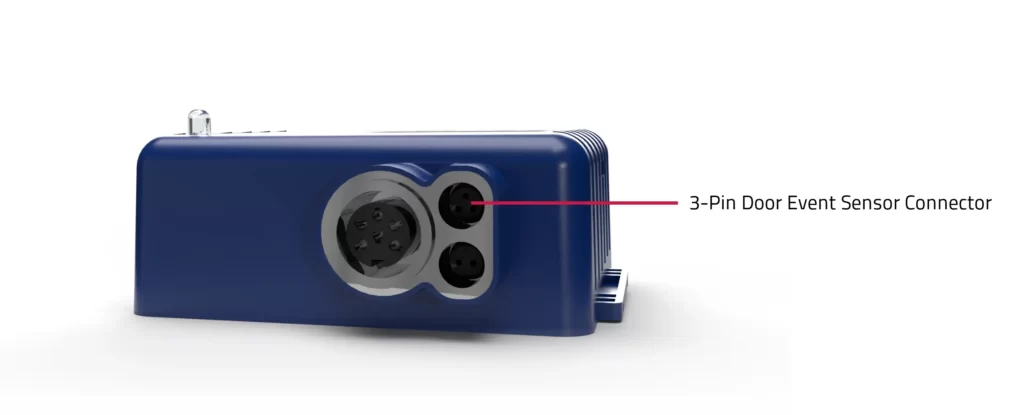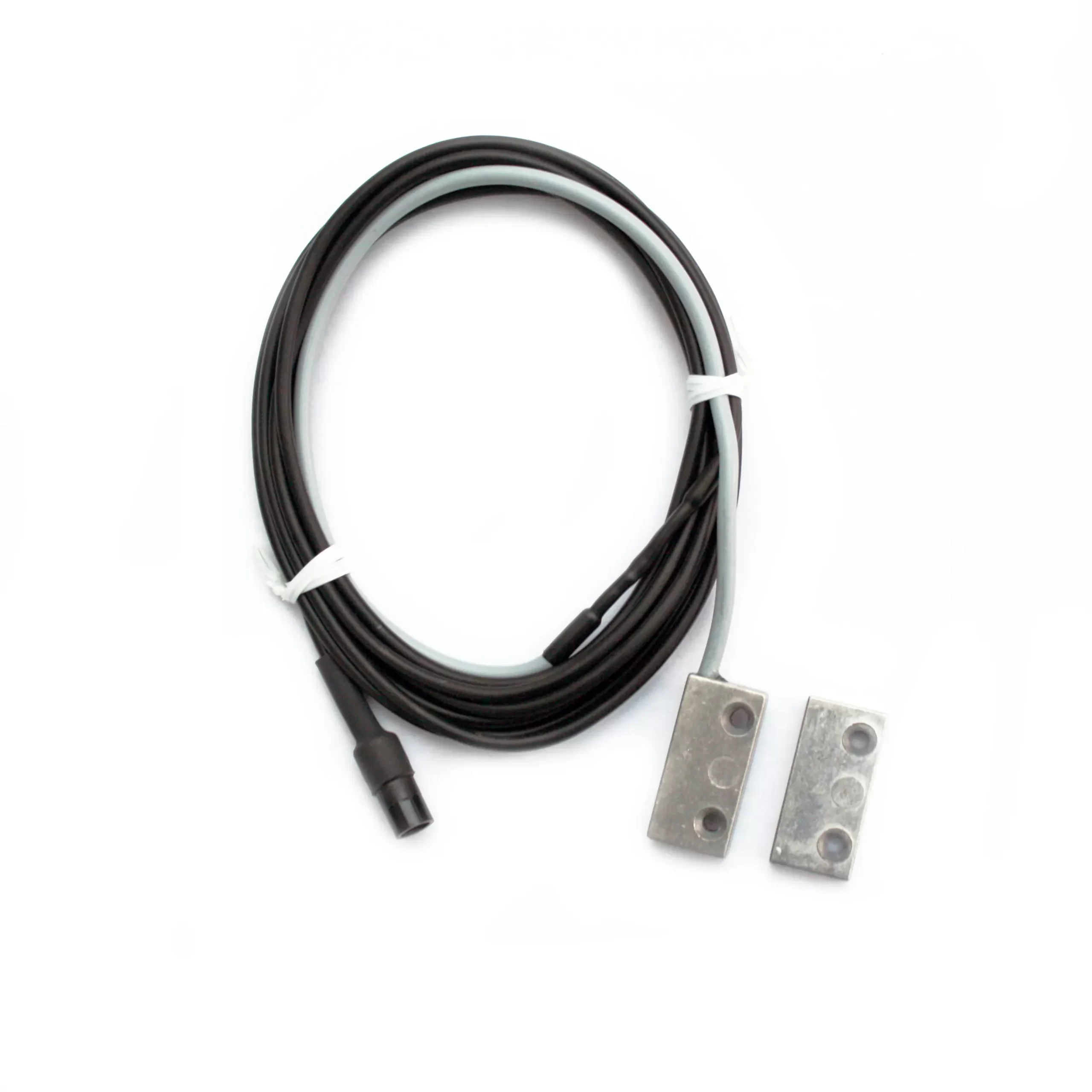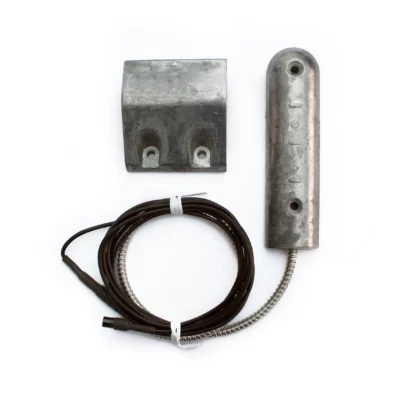- Sorry, this product cannot be purchased.
Standard Door Event Sensor
Part No: RF521 (3063449)The RF521 Standard Door Event Sensor works with Wireless Temperature Monitoring System Transmitters to monitor activity on doors such as those on refrigerators and freezers.
- Works with Wireless Transmitters
- 2.5m Cable Supplied
- 3 Pin SM3 Plug
- Warranty: 6 Months
Standard Door Event Sensor
The RF521 Standard Door Event Sensor is designed to work with our wireless temperature monitoring system transmitters to monitor activity on doors such as those on refrigerators, freezers, storage units, walk-ins and coolers.

When connected to a wireless transmitter it can be used as pat of the overall wireless temperature monitoring systems to track changes in activity concerning the associated door, which could lead to a rise or fall in temperatures, that then exceed accepted limits.

Our wireless monitoring systems are designed to monitor and record all of the individual door events triggered by the Standard Door Event Sensor and store them for historical analysis. Alarms can be activated for single events, such as a door event out of hours, or can be accumulated to demonstrate the effect that multiple door openings can have on a specific environment over time. An example of this might be the average temperature of a refrigerator being raised over time through multiple door events, but no single door event triggering an alarm for an out of parameter temperature.
The robust nature of this product means that it is suitable for a wide variety of applications and a 2.5m cable ensures that the connected sensor can be safely located away from the actual door being monitored.
A Heavy-Duty Door Event Sensor is also available.
Technical Specifications
| Name | Value |
|---|---|
| Cable Length | 2.5m |
| Connector Type | 3 Pin SM3 Plug |
| Cable Type | 2 core 7/0.2 wire with black 2mm silicone sleeving |
| Warranty | 6 Months |
*You will need to Sign In to view additional content
Documentation
| Code | Description | Issue No | Last Modified | |
|---|---|---|---|---|
| EU DoC | EU Declaration of Conformity (RF Door) | 01 | 9th August 2016 | |
| 20445 | RF500 Wireless Monitoring Brochure | 02 | 3rd June 2016 |
Articles / FAQs
| Name | Date | ||||||||||
|---|---|---|---|---|---|---|---|---|---|---|---|
Door Sensor Alarms Explained
Door Sensor Alarms ExplainedThe following information explain the types of alarms generated by the Door Sensors connected to your RF500 Monitoring System. Continuous Door AlarmsA Continuous Door Alarm is defined as an alarm that is triggered whenever a door is left continuously open for a period of more than X minutes. Please refer to the ‘Door Alarms’ chapter under ‘Transmitter Alarms’ in the RF500-Webview Help Guide for a detailed explanation of Continuous Door Alarms. Average Door AlarmsAn average Door Alarm Door is defined as an alarm that is triggered whenever a door is left open for more than X minutes cumulatively, in a given period of up to 60 minutes. This alarm captures many individual shorter door open times, that may fail to trigger a continuous door alarm, but are nonetheless still important. Please refer to the ‘Door Alarms’ chapter under ‘Transmitter Alarms’ in the RF500-Webview Help Guide for a detailed explanation of Average Door Alarms. Reading Door Alarm DataBoth continuous and average door alarms are enabled or disabled together, therefore if the average door alarm is not required, setting the average limit equal to the average period causes the average alarm never to occur because the limit can not be exceeded. Whenever a continuous door alarm is triggered an Event only is generated, tabular data will not be coloured to indicate the alarm.
A representation of tabular data shown above shows a typical reading. The readings reported for the door channel are given as two values:
The percentage gives a measure of how much time a door actually spends opened which could represent a problem in a real world application. Consider the following scenario: A door to a laboratory is monitored using RF500 and the continuous alarm is set to 20 minutes to capture a “door left open” event. If that door is opened then closed after 19 minutes have elapsed, then immediately opened again for 19 minutes then closed, the continuous alarm event would not have been generated; however that door has effectively been open for 38 minutes during the previous 40 minutes or so. With an averaging interval of 60 minutes the RF500 system would report a door reading of approximately 63% or with an averaging interval of 40 minutes a door reading of close to 100% would be reported. It may be the case that this high level of “door open” condition may cause environmental controls to be overloaded.
|
19th November 2014 |


